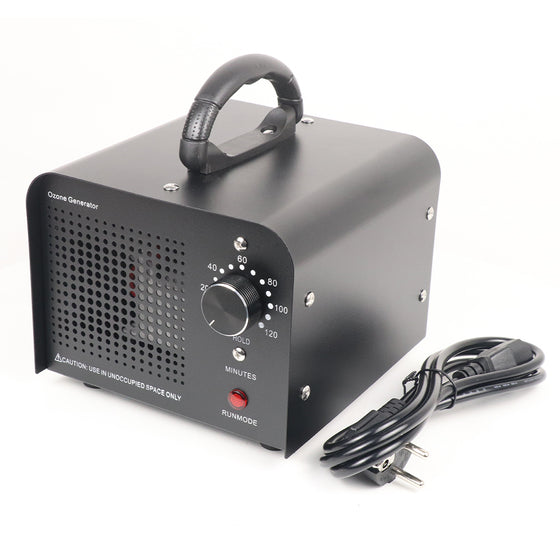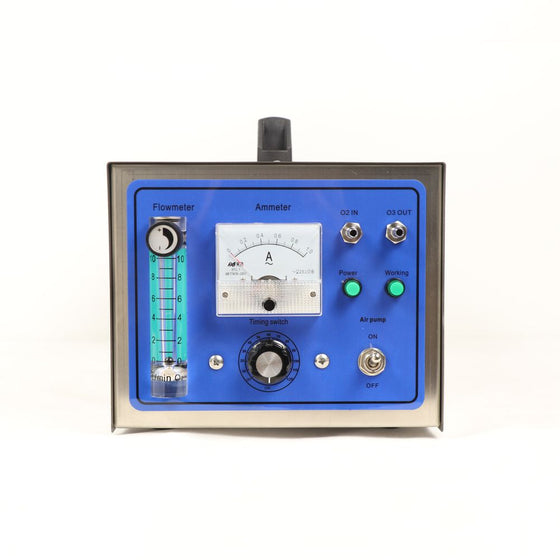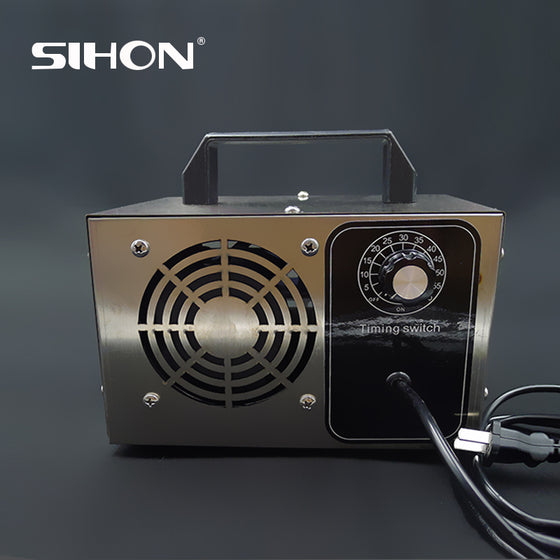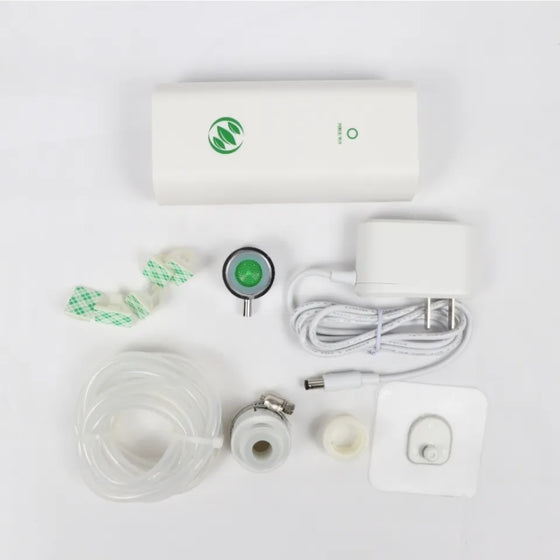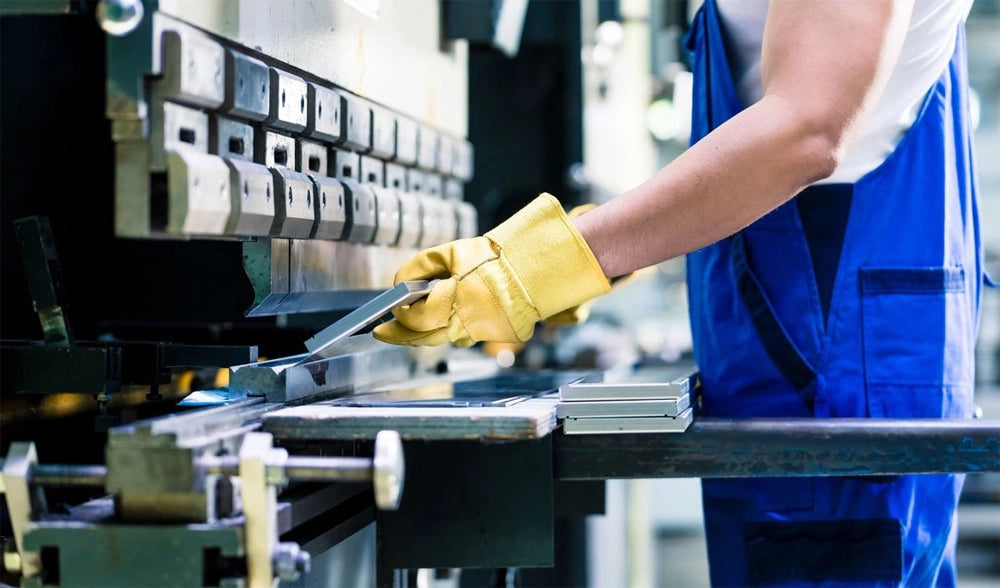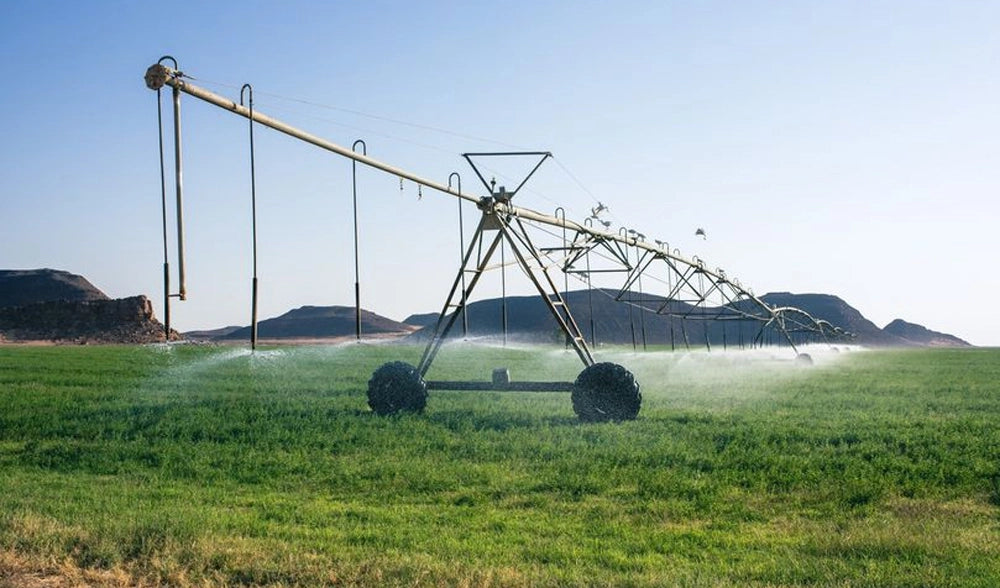What You can Get from Ozone Bottled Water Disinfection

Ozone bottled water disinfection is the most effective means manufacturers use to protect consumers from harmful microorganisms. Many bottled water manufacturers around the world use ozone to provide safe and good tasting products for the market. As a high efficiency and low cost solution, ozone treatment plays an important role in the safe production of bottled water, especially for those enterprises in their initial stage.
As an effective fungicide, fungicide and virucide, each molecule of ozone is a low molecular weight molecule composed of 3 oxygen atoms formed in a triangle shape. This is an unstable electron configuration that allows it to hunt for electrons from other molecules. Ozone molecules are therefore highly reactive. In the reaction with other molecules, ozone’s molecular structure will be destroyed and the target molecule will also be oxidized. Ozone, which has a half-life only lasts about 20 minutes, can be rapidly converted to oxygen at the end of its oxidation process. Therefore, there is no need to worry about the presence of any disinfection residues.
Dependence on Ozone Disinfection
Ozone bottled water disinfection came to be used in the last few decades. In the 1970s and before, many water bottlers did not start to use ozone for bottled water sterilization. A common problem is that many bottles of water were not properly sterilized and sealed. Air and the harmful microbes it carries can easily get into the product. After only a few days of storage, the number of microbes in the water can explode, causing the changes in taste, smell and subsequent health risks.
After the 1980s, driven by the increasingly higher requirements in many countries, ozone gradually became a popular disinfection method in water bottling. The metering, contact time and sealing requirement required by ozone bottled water disinfection have been identified. And ozone began to be used in many sectors of the production process such as the water to be treated itself, bottling equipment, bottles and sealing caps. Ozone can ensure the production of high-quality, long-term stored bottled water while avoiding the taste and odor changes associated with chlorine disinfection and harmful by-products that are difficult to remove. Ozone’s pollution-free, odor-free, and taste-preserving disinfection process helped the bottled water industry grow rapidly over the next few decades and became the best choice.
Ozone Sterilization System
Because of its simplicity, efficiency and safety, ozone bottled water disinfection has been favored by many bottled water manufacturers. Unlike the ozone used for family swimming pool sterilization, a basic ozone bottled water disinfection system consists of an ozonator, venturi injectors, and a recirculation pump. In addition, ozone concentrations need to be monitored by using ozone sensors at locations such as injection points, outlets of the storage tank and ozone destruction unit.
Similar to the requirements for ozone when used in sensitive applications such as water treatment in a home aquarium, ozone concentration also needs to be strictly monitored in in the water sterilization process. An excessive ozone concentration can cause the generation of aftertaste in the treated water. And if it is too low, bacterial spores hidden in the water, inside the plastic walls or closure devices may recover and contaminate the water again. IBWA recommends a limitation to the ozone concentration at 1-2 mg/L and an exposure time to 5-10 minutes. This concentration level can ensure a residual ozone level at 0.1-0.4 ppm when the water is about to be bottled.
Goals of Ozone Bottled Water Disinfection
The objectives for applying an ozone bottled water disinfection are as follows:
- Disinfect all the microbes that may be present in the water
- Disinfect all the wetted parts of water bottling equipment
- Wash and disinfect bottles before bottling, especially those that are reusable
- Disinfect the outer surface and the sealing cap of the bottle
- Disinfect the airborne microorganisms that may exist in the air in the bottling environment
Benefits of Ozone Bottled Water Disinfection
According to IBWA, ozone is a safe and effective way to ensure that bottled water products contain no chemical residue or odors. The following are the benefits in the use of an Ozone bottled water disinfection:
- Ozone oxidizes both organic matter and inorganic matter
- Ozone has a 52% higher oxidation capacity than chlorine
- The only byproduct of the treatment is oxygen
- Achieve an instant extermination of harmful pathogens
- Can kill chlorine-resistant cryptosporidium
- Help to filter iron and manganese and other metals in the water
- Ozone can be continuously generated on site as needed
- Does not involve the use and handling of any chemicals
- Ozone’s strong oxidation can ensure a superior disinfection effect
- Can extend the shelf life of the bottled water
- Reduces the frequency of CIP required to keep the operation disinfected
- Lower operation and maintenance costs
Ozone bottled water disinfection is an effective and reliable process. The proper use and control of ozone can achieve all of the above goals and benefits. We provide Ozone Generators, Ozone Spare Parts, Ozone Monitors & Testers, and PSA Oxygen Generators to help our customers in the construction of their ozone bottled water disinfection systems. Our DIY ozone solutions can help simplify the installation and maintenance of the ozone bottled water disinfection. By providing more cost-effective equipment, we allow our potential customers to reduce the economic costs and maximize the profits.
New Arrivals
Leave A Reply
Your email address will not be published. Required fields are marked *
